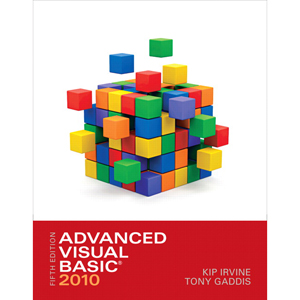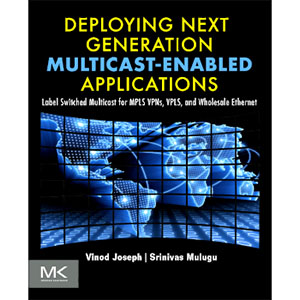Developing High Quality Data Models

A multitude of problems is likely to arise when developing data models. With dozens of attributes and millions of rows, data modelers are always in danger of inconsistency and inaccuracy. The development of the data model itself could result in difficulties presenting accurate data. The need to improve data models begins with getting it right in the first place.
Using real-world examples, Developing High Quality Data Models walks the reader through identifying a number of data modeling principles and analysis techniques that enable the development of data models that both meet business requirements and have a consistent basis. The reader is presented with a variety of generic data model patterns that both exemplify the principles and techniques discussed and build upon one another to give a powerful and integrated generic data model. This model has wide applicability across many disciplines in government and industry, including but not limited to energy exploration, healthcare, telecommunications, transportation, military defense, transportation, and more.
- Uses a number of common data model patterns to explain how to develop data models over a wide scope in a way that is consistent and of high quality
- Offers generic data model templates that are reusable in many applications and are fundamental for developing more specific templates
- Develops ideas for creating consistent approaches to high quality data models
Table of Contents
Chapter 1. Introduction
Chapter 2. Entity Relationship Model Basics
Chapter 3. Some types and uses of data models
Chapter 4. Data models and enterprise architecture
Chapter 5. Some observations on data models and data modeling
Chapter 6. Some General Principles for Conceptual, Integration and Enterprise Data Models
Chapter 7. Applying the principles for attributes
Chapter 8. General principles for relationships
Chapter 9. General principles for entity types
Chapter 10. Motivation and overview for an ontological framework
Chapter 11. Spatio-temporal extents
Chapter 12. Classes
Chapter 13. Intentionally constructed objects
Chapter 14. Systems and system components
Chapter 15. Requirements specifications
Chapter 16. Concluding Remarks
Chapter 17. The HQDM Framework Schema
Book Details
- Paperback: 408 pages
- Publisher: Morgan Kaufmann (December 2010)
- Language: English
- ISBN-10: 0123751063
- ISBN-13: 978-0123751065














